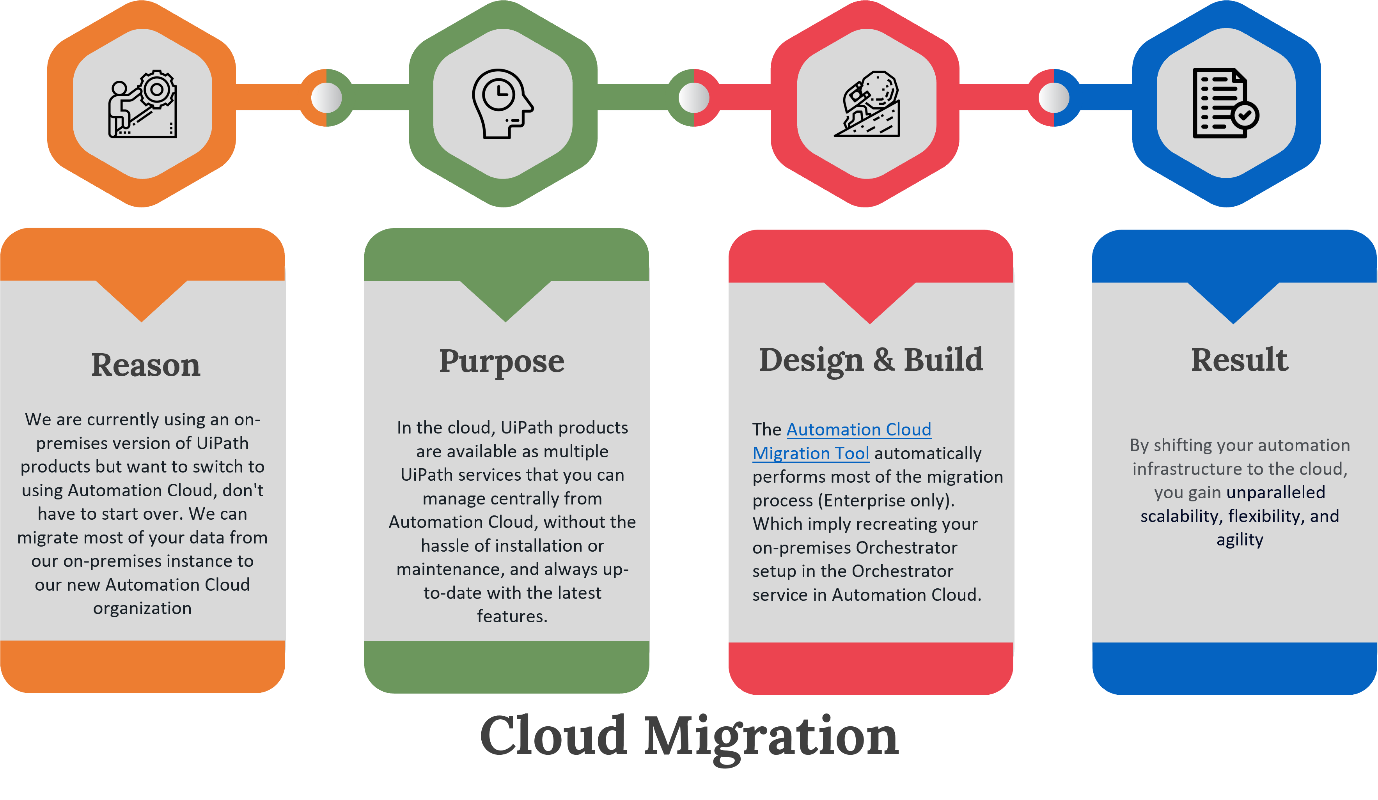The Client
The client is among the leading multinational optical retail chains based in the UK, operating in Ireland, Netherlands, Norway, Sweden, Denmark, Finland, Spain, Australia, and New Zealand. The company provides high-quality and affordable optical and hearing care.
The Challenges
The client was facing various challenges in the operation and maintenance of the server.
Some of the reasons for migration are stated below:
- Traffic spikes
- Sudden demands for operations
- High cost involved
- The requirement for data storage
- Geographical distribution challenge
- Accessing application-related methods
The Objective
The client had the vision to adopt the newest and latest infrastructure to ensure scalability for decades to come and leverage a more flexible infrastructure to manage automation tasks better. The objective was to increase customer satisfaction by minimizing downtime, outages, and performance lags.
The Solution
With this combined knowledge of infrastructure and solutions, we are best equipped with UiPath consultants to migrate the existing automated processes to the cloud.
Migration strategy:
Environment Assessment: The team focused on the current deployment, identifying future business needs, and developing a migration strategy.
Cloud Migration: A zero downtime migration was performed in most cases, where the infrastructure allows it. In all other cases, the downtime was planned and minimized.
Cloud Optimization: Once the UiPath deployment was running in the Cloud, our team analyzed and suggested options for use of cloud resources in terms of performance and cost efficiency.
Cloud Support: Depending on Specsavers’ needs and JK Tech’s internal technical skill readiness, we were able to provide ongoing support for the client’s cloud infrastructure.

The Benefits
The primary benefit of cloud migration is the resulting cloud infrastructure as a solid fundament for the UiPath Robotic Process Automation environment.
The benefits achieved were:
-
Scalability on demand
-
Cost efficiency
-
Embedded redundancy
-
Operational issues were reduced by 40%
-
Infrastructure cost reduced by 35
-
Workforce productivity increased by 30%



